Bleeding heart tetra - Hyphessobrycon erythrostigma
Scientific name: Hyphessobrycon erythrostigma
Common name: Bleeding heart tetra
Family: Characidae
Usual size in fish tanks: 5 - 6 cm (1.97 - 2.36 inch)
014
Recommended pH range: 5.5 - 7.2
Recommended water hardness: 4 - 12°N (71.43 - 214.29ppm)
0°C 32°F30°C 86°F
Recommended temperature range: 23 - 27 °C (73.4 - 80.6°F)
The way how these fish reproduce: Spawning
Where the species comes from: South America
Temperament to its own species: peaceful
Temperament toward other fish species: peaceful
Usual place in the tank: Middle levels
General Information
The Bleeding Heart Tetra (Hyphessobrycon erythrostigma) is a peaceful, schooling characin from the upper Amazon basin (notably Peru, with records from western Brazil). Adults reach 5–6 cm and show a shimmering body with a signature crimson “heart” spot on the flanks. They thrive in soft, acidic, tannin-stained waters with subdued light and dense planting. Keep them in groups of 8–10 to reduce shyness and bring out natural display.
Food & Feeding
Omnivorous micro-predators that graze tiny invertebrates and plant matter. Use quality flakes or micro-granules as a staple and rotate frozen/live foods such as daphnia, Artemia nauplii, mosquito larvae, and (in moderation) bloodworms. Include spirulina/algae content to support gut health and colour. Offer small portions 1–2× daily; clear leftovers to maintain water quality.
Sexing
Males display a taller, more pointed dorsal fin and richer colour; females are slightly larger and deeper-bodied, especially when gravid. Compare mature individuals side-by-side for best accuracy.
Breeding
An egg-scattering species with no parental care; challenging but possible. Use a separate dim tank with very soft, acidic water (pH ~5.5–6.5), fine-leaved plants or spawning mops, and a dark base (marbles/mesh help protect eggs). Spawning often occurs at daybreak. Remove adults immediately. Eggs typically hatch in 24–36 hours; fry become free-swimming after another 3–4 days. Start with infusoria/micro foods, then newly hatched brine shrimp as they grow.
Lifespan
Typically 4–5 years with stable, clean water and a varied diet.
Tank Requirements & Water Parameters
- Tank size: at least 75–90 cm (30–36″) length for a proper shoal, with open swimming space and planted/shaded areas.
- Water: pH 5.5–7.2; hardness ~4–12 °dH; temperature 23–27 °C (73–81 °F). Stability matters more than the absolute number.
- Filtration & flow: gentle flow, high oxygenation; peat/leaf litter can add beneficial tannins.
- Aquascape & light: dark substrate, wood, leaf litter, dense plants, and subdued lighting to intensify colours and reduce stress.
- Maintenance: weekly water changes; avoid abrupt parameter swings.
Compatibility & Tank Mates
Peaceful community tetra. Ideal with similarly sized, calm tank mates (other small tetras/rasboras, Corydoras, small peaceful dwarf cichlids, small loricariids, hatchetfish for the top). Avoid fin-nippers (e.g., Puntigrus tetrazona) and boisterous or predatory species. Keep in a proper shoal to minimize nervousness.
Behaviour & Usual Place in the Tank
Occupies the middle to lower water column (not strictly “bottom”). Schools tightly when startled; otherwise cruises midwater among plants and open lanes.
Short Description
Bleeding Heart Tetras are gentle Amazon schooling fish that reward good care with glowing colours and elegant displays. Provide soft, slightly acidic, tannin-rich water, a planted, dimly lit aquascape, and a varied diet, and keep them in a sizable shoal.
Q&A
- Are they plant-safe? Yes—true community fish that appreciate dense planting and shaded areas.
- Why do mine look washed out? Check stressors: too-bright lighting, sparse group, or hard/alkaline water. Add shade, increase group size, and keep water soft/clean.
- Good companions? Peaceful small tetras/rasboras, Corydoras, small apistos/ram cichlids, and small plecos. Avoid tiger barbs or large cichlids.
Pictures
Special thanks to Sayer for allowing us to use his picture. Other pictures were bought from jjphoto.dk.
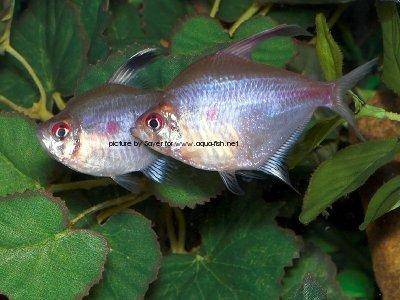




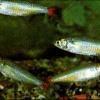 Bloodfin
Bloodfin 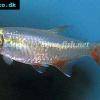 Bloodfin
Bloodfin 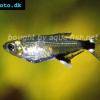 Panda
Panda 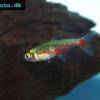 Green
Green 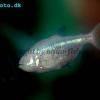 Blind
Blind 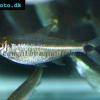 Kennedy
Kennedy 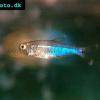 Blue
Blue 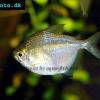 Discus
Discus 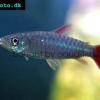 Pink
Pink 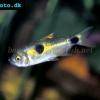 Bucktoothed
Bucktoothed 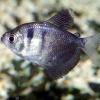 Black
Black 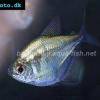 False
False 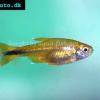 Silver
Silver  Hemigrammus
Hemigrammus 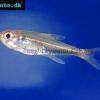 Dash-dot
Dash-dot 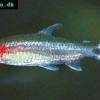 Rummy
Rummy 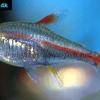 Glowlight
Glowlight 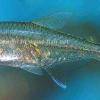 January
January 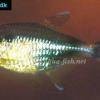 Head
Head 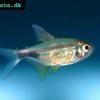 Garnet
Garnet 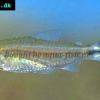 Rummy
Rummy 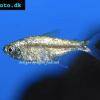 Gold
Gold 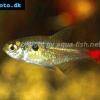 Red
Red 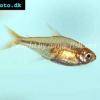 Ember
Ember 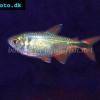 Buenos
Buenos 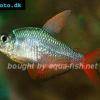 Colombian
Colombian 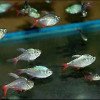 Ecuador
Ecuador 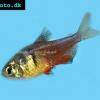 Flame
Flame 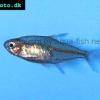 Georgett’s
Georgett’s 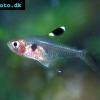 Griems
Griems 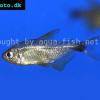 Kitty
Kitty 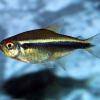 Black
Black 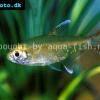 Firefin
Firefin 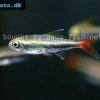 Loreto
Loreto 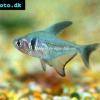 Black
Black 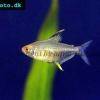 Lemon
Lemon 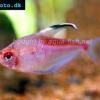 Redback
Redback 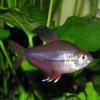 Rosy
Rosy 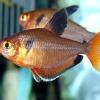 Serpae
Serpae 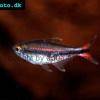 Savanna
Savanna 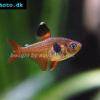 Red
Red 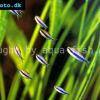 Blue
Blue 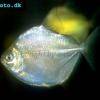 Silver
Silver 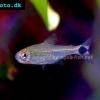 Ceros
Ceros 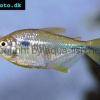 Napo
Napo 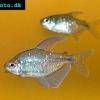 Diamond
Diamond 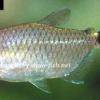 Red
Red 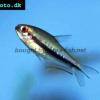 Rainbow
Rainbow 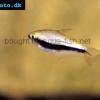 Emperor
Emperor 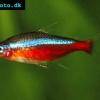 Cardinal
Cardinal 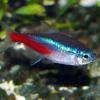 Neon
Neon 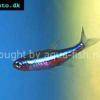 Green
Green 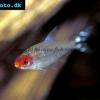 False
False 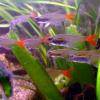 Glass
Glass 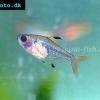 X-ray
X-ray 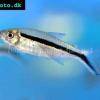 Penguin
Penguin